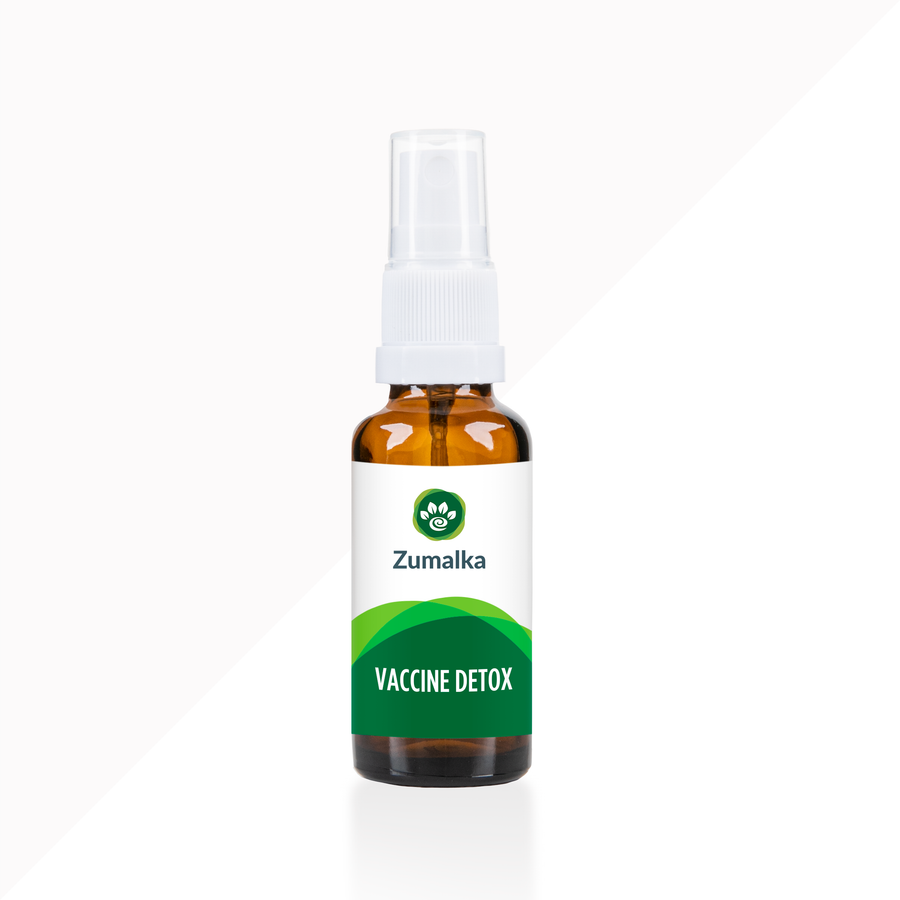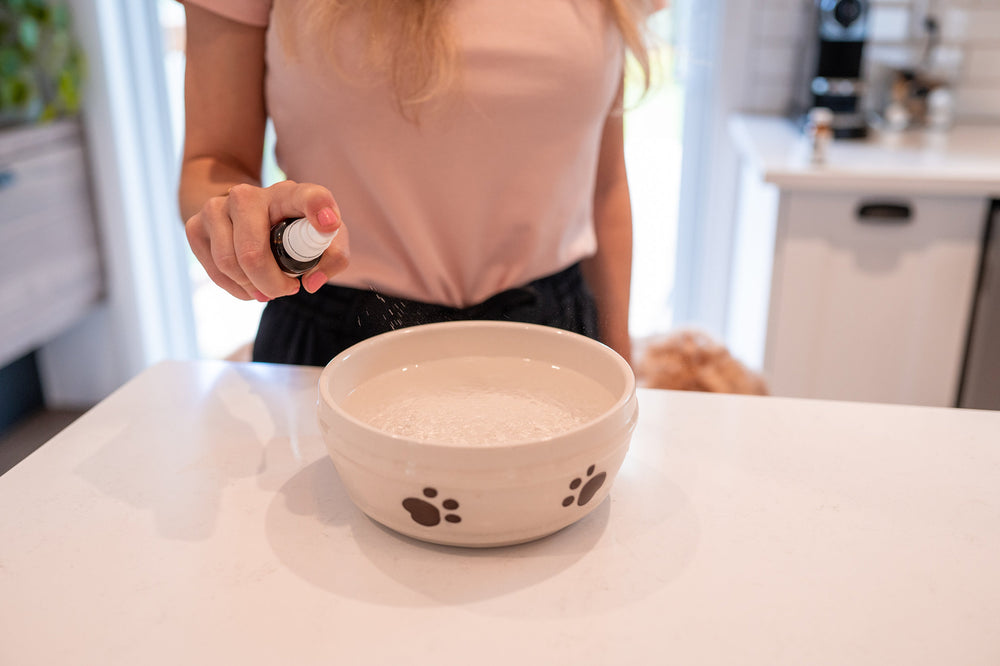How to Help Your Dog and Cat Live Longer: 13 Essential Tips

As pet parents, ensuring our dogs lead a long and healthy life is undoubtedly a top priority. However, we might unknowingly do—or neglect—things that could negatively impact their overall health.
In addition to potential physical and mental health issues, your dog may also experience pain and discomfort, which can significantly impact their quality of life. That's why I've put together this blog post to help ensure your fur baby stays healthy and happy for years to come.
The points I'm going to highlight in this article apply to cat parents as well. Whether you keep your cat indoors or allow them some outdoor time, these tips will help ensure they live a longer, happier life.
Having a Pet is a Commitment
Contrary to popular belief, having a pet requires commitment and effort. Ensuring your dog or cat lives a long, healthy life involves more than just providing high-quality pet food, a soft bed, and some toys.
The moment you welcome a pet into your family, you must commit to keeping them healthy. This requires dedication and effort, including regular workout routines and grooming sessions.
A common oversight for some pet parents
Some people tend to overlook this fact, exposing their pets to health issues that can seriously harm their quality of life. If you're dedicated to keeping your dog or cat healthy, remember that it requires consistent effort and commitment.
As an animal homeopathy expert and a fellow pet mom, I can assure you of one thing: while maintaining your cat's or dog's quality of life can be tricky at times, having an animal family member is one of the most fulfilling experiences.
Signs That Your Pet May Be Having Health Problems

Many pet parents overlook a crucial responsibility: recognizing the signs that their dog or cat may be experiencing a health problem. Neglecting this can prevent you from giving your pet the long and happy life they deserve.
Dog and cat longevity isn't just about extending your pet's life. It's also about addressing any symptoms of disease or illness that your animal family member may be experiencing.
Here are some common symptoms of health issues that your pet may display. Be sure to consult a vet or pet wellness expert as soon as you notice any of these signs to prevent them from developing into serious medical conditions.
- Sudden lethargy or reduced activity levels
- Persistent bouts of nausea, vomiting, and diarrhea
- Unexpected loss of appetite or increased thirst
- Bad breath and excessive drooling
- Incessant sneezing or coughing
- Unexplained weight loss or gain
- Sudden changes in bathroom habits
- Noticeable issues with skin and coat health (e.g. bald patches and sore spots)
- Excessive or labored breathing
It's not uncommon for your cat or dog to occasionally experience vomiting, sneezing, or a sudden increase in thirst. However, if these symptoms occur regularly, it's a red flag. Ignoring them can significantly impact your dog's or cat's health.
Practical Strategies How to Help your Cat or Dog Live Longer

Thanks to advances in modern veterinary medicine and technology, the life expectancies of cats and dogs have significantly increased. As responsible pet parents, it’s our duty to provide the right care and attention to maximize our pets' years with us.
It’s important to emphasize that there’s no single secret to ensuring your pet lives a long and healthy life. As a pet homeopathy expert, here are some of my recommendations to help achieve that.
#1. TLC plays an important role in keeping your pet in tip top shape.
Did you know that attention and affection are key to extending a dog’s or cat’s life expectancy?
Some people mistakenly believe that making a pet live longer is all about showering them with toys and treats, especially in the case of indoor cats and dogs.
While providing your pet with high-quality dog or cat food is a top priority, it isn't enough to maximize their life expectancy. Without tender loving care (TLC), your pet is not only at risk of obesity but also other health issues like anxiety and depression.
So, if you’re thinking about getting a pet or are a new pet parent, always remember that TLC is essential and should never be overlooked.
#2. Establish a regular exercise routine.
Regardless of your pet's age, sex, or breed, having a regular exercise routine not only helps keep certain diseases and illnesses at bay but also helps maintain your dog or cat’s ideal mental health.
Don’t let the phrase "exercise routine" scare you. It simply means ensuring your pet has a consistent schedule to get the movement it needs. This consistency is often lacking in obese dogs and cats.
You can start by integrating light exercises into your pet’s schedule, such as walking, playing fetch, scent games, and even hide and seek. For dogs, one of the most practical ways to do this is by teaching them tricks, which also provides valuable mental stimulation.
Some people mistakenly believe that outdoor cats don’t need exercise since they spend most of their time outside. However, outdoor activity doesn’t always provide enough exercise, so it’s important to initiate activities that give your pet a proper workout.
Investing in cat furniture like cat trees and climbing towers can help your feline stretch their muscles and have fun while also stimulating their natural instincts. This is a simple yet effective way to keep your cat in good health.
#3. Maintaining healthy weight is a must.
Your pet could be at risk of certain diseases and illnesses if it gains too much weight.
Key examples include joint pain and arthritis, heart disease, and diabetes. While these health problems are more common in older pets, excess weight in younger pets can trigger them earlier.
I don't mean to alarm you, but if your pet is obese, they could be at risk for very serious medical conditions like mammary cancer and autoimmune diseases.
One of the first steps in preventing obesity in pets is closely monitoring their diet. Whether you’re serving dry or wet food, always keep the right portions in mind. Additionally, be mindful of the frequency of meals and snacks.
Many cats and dogs that don’t exercise regularly are at risk of weight issues. And pet parents, keep your fur baby clear of table scraps, as they can lead to health conditions. Your cat's or dog's diet should always be healthy, well-balanced, and carefully planned to prevent issues down the road.
#4. Stay hydrated!
Whether you’re serving your pet wet or dry food, ensuring they stay hydrated is essential.
Surprisingly, proper hydration is crucial for extending your dog or cat’s life expectancy. Remember to regularly check, refill, and clean your pet's water bowls—this should be a daily responsibility for every pet parent.
Water plays a key role in transporting nutrients, aiding circulation, and eliminating waste and toxins from your pet's body. It’s also essential for maintaining a healthy body temperature. Ensuring your pet stays hydrated is vital for their overall well-being.
Some noticeable signs of dehydration include sunken eyes, a dull coat, loss of skin elasticity, excessive panting, and dry eyes. If you notice any of these symptoms, it’s crucial to contact a veterinarian immediately to prevent serious health complications.
While it's not unusual for your dog or cat to sometimes drink less water, there are simple and practical ways to encourage them to stay hydrated. Here are a few tips:
- Always provide your pet with clean, fresh water. Instead of just topping up the water bowl, empty and refill it regularly. Topping up can lead to stale water and attract unwanted visitors like bugs and parasites.
- You can coax your cat or dog to drink more water by flavoring it with low-sodium beef or chicken broth, or another healthy flavoring agent. For best results, ensure the broth is pet-safe. Additionally, using water additives can help prevent plaque and tartar buildup.
- Make hydration more fun by investing in a dog or cat water fountain. Pets love to be mentally engaged, and a water fountain can turn the simple act of drinking water into an enjoyable and stimulating experience.
- Add a small amount of water to your pet's dry food, or alternate between serving wet and dry food to naturally increase their water intake without disrupting their routine.
#5. Keep your pet's environment clean and safe.
One important aspect of helping your dog or cat live longer is ensuring that their environment is clean and conducive to good health. This isn't just about controlling unwanted odors—it's essential for significantly extending their lifespan.
Did you know that a dirty environment not only increases the risk of disease but can also cause stress and anxiety in your dog or cat, leading to mental health problems?
The most important reason to keep your environment clean and safe is to prevent allergens and pathogens, such as mold, bacteria, fungi, and viruses, from triggering respiratory and skin health issues.
Another reason to keep your dog's or cat's environment clean and safe is to prevent injuries. Constant exposure to sharp objects, harsh chemicals, and other dangerous substances can significantly reduce your pet's life expectancy.
#6. Spaying and neutering is important.
Two often overlooked ways to increase the life expectancy of dogs and cats are spaying and neutering.
Contrary to popular belief, these procedures do more than just control overpopulation and reduce the number of stray animals—they can also significantly extend the lifespan of your pet.
Spaying and neutering have been shown to prevent various health issues, including uterine and ovarian cancers in female pets and testicular cancer in males. Additionally, these procedures can help avoid serious infections, such as those affecting the prostate in males and pyometra in females.
Contrary to the misconception that spaying or neutering will make your pet "abnormal," these procedures can actually offer significant behavioral benefits. They help prevent excessive aggression, reduce roaming tendencies, and completely eliminate heat cycles, which often trigger these behavioral issues.
Be sure to consult your veterinarian regarding the timing of spaying or neutering, as these procedures should be performed at the optimal time for certain breeds of dogs and cats.
#7. Relieving stress is crucial in giving your pet a happy life.
Although it's not uncommon for your dog or cat to experience stress or anxiety at some point, prolonged exposure to these conditions can negatively impact their health. This problem should not be ignored, as it may lead to severe health complications over time.
The most immediate effect of too much stress in pets is a sudden loss of appetite. This is often followed by a decreased interest in play, exercise, and disruptions to their sleep cycle. Eventually, this loss of appetite and reduced physical activity will lead to serious health issues.
In addition to significantly increasing your pet's risk of digestive issues, heart disease, skin conditions, and high blood pressure, stress can also lead to extreme aggression or even self-harming behavior in your dog or cat.
Ultimately, your pet's overall immune system health will be compromised, significantly diminishing its quality of life. The best strategy is to boost your pet's immune system as early as possible.
#8. Regular grooming is crucial.
Contrary to popular belief, grooming involves much more than just caring for your pet's skin and coat.
It also includes preventing oral and dental diseases, avoiding eye and ear infections, and monitoring for any underlying health issues that your dog or cat may be experiencing.
Drawing from my experience as an animal homeopathy expert and a dedicated pet mom, here are the key areas to focus on during regular and meticulous grooming sessions for your animal family member:
- Your dog’s teeth
- The spaces between your cat’s paws
- The underside of your dog’s ears
- Your cat’s claws
- Your pet’s inner cheeks, nose, and mouth
- Your pet’s belly and inner thighs
Grooming should also be complemented by regular check-ups with your veterinarian. Making it a habit to consult a consult a pet wellness expert is a proactive way to stay informed about any potential diseases or illnesses your dog or cat may develop.
#9. Socialization helps provide mental enrichment.
Socialization isn’t just about building an emotional bond with your pet; it’s also essential for fostering positive behaviors.
Whether you have a dog, an outdoor cat, or another type of pet, making regular socialization a priority will significantly improve their overall quality of life.
For instance, a well-socialized dog is more comfortable around strangers, which can reduce anxiety and aggression. So, how often do you make time to socialize with your pet? It could make all the difference in their happiness and well-being.
One of the dangers of neglecting regular socialization in your pet care routine is that it can foster fear and anxiety in your dog or cat. They may become overly fearful of other people, animals, and their surroundings, leading to chronic anxiety, which can be disastrous for their well-being.
To prevent this, make socialization a regular part of your pet's life, helping them grow into confident and relaxed companions.
Another reason socialization is crucial is that it helps your dog or cat become more focused and cooperative during training sessions. Well-socialized pets are less likely to be distracted by other people or animals, especially in shared spaces like parks.
By integrating regular socialization, you can set the stage for more effective and enjoyable training experiences.
Always remember that an anxious dog or cat is more likely to develop problematic behaviors such as poor bathroom habits, extreme aggression, and destructive tendencies. To prevent these unpleasant traits, ensure your pet receives regular socialization, which can lead to a calmer, happier companion.
#10. Tailored care for whatever life stage your pet may be in.
A commonly overlooked aspect of pet care is adjusting how you maintain their happiness and health as they age.
For example, keeping a dog or cat entertained evolves significantly with age. Puppies and kittens might thrive on high-energy play, while older pets often appreciate gentler, more mentally stimulating activities.
Regularly reassessing your pet’s needs based on their life stage can ensure they remain happy and healthy throughout their lives.
While it’s easy to keep your pet engaged when they are younger, it becomes more challenging as they age. This is where creativity comes into play. Regularly monitoring your pet and spending quality time together can give you valuable insights into their evolving preferences, helping you tailor activities to keep them stimulated and happy.
#11. Being always prepared for emergency situations is a win-win.
While I don’t want to alarm you, it's important to recognize that emergencies can happen when you have a pet. No matter how meticulous you are with your cat’s diet or your dog’s grooming, unexpected situations can arise out of the blue.
That’s why it’s crucial to be prepared—having a plan in place can make all the difference when the unexpected occurs.
One simple and practical way to handle emergency situations is by having a well-thought-out plan. In addition to keeping your emergency vet’s number readily available, having a kit stocked with essentials for sudden health issues can boost your confidence in caring for your pet.
Being prepared not only helps you stay calm in a crisis but also ensures your pet’s safety and well-being.
#12. A well-balanced diet is crucial.
One thing I always emphasize when it comes to maximizing pet life expectancy is the critical role of diet.
Your dog’s or cat’s diet can make all the difference in their overall health and longevity. The saying "you are what you eat" applies just as much to our animal family members as it does to us.
Ensuring they receive a balanced and nutritious diet is one of the best ways to support their long-term well-being.
Feeding your pets high-quality food (regardless of the brand) ensures they receive the essential nutrients needed to stay in great shape. As a result, they’ll be less likely to get sick, reducing the likelihood of unexpected vet visits and costly expenses.
Investing in good nutrition today can save you money and keep your pet healthier in the long run.
I’d like to emphasize that the term "diet" includes not only the food your dog or cat eats but also the liquids they regularly consume. Hydration is just as important as nutrition for keeping your pet healthy.
A quick trick I use when my dog isn’t drinking enough water is to add a bit of chicken-flavored broth to his bowl—it works like a charm every time!
#13. Regular vet visits and consultations should be on your checklist.
At Zumalka, while we strongly advocate for natural alternatives to keep your pet as healthy and happy as possible, we also recognize the crucial role of regular vet visits and consultations. Don’t wait until your dog or cat is seriously ill to contact your veterinarian. Instead, reach out as soon as you notice any irregularities in your pet’s body or behavior.
Early intervention is key to maintaining their long-term health and well-being.
A Final Word
Having a pet requires a lot of dedication and commitment. Maximizing your dog’s or cat’s lifespan means focusing on their physical and mental well-being. While conventional medical care is important, exploring the premium natural options available from Zumalka can complement this care and broaden your approach to keeping your pet healthy and happy.






What a great article!!! We are fortunate enough to have a Vet that does not push vaccines at all. It is no secret that vaccines
do cause injury to both pets and people.
The pharmaceutical industry use to be our friend but not anymore!
Apple Cider Vinegar. Both in shampoos and diet!!!!!!!!!!!!!!!!!!!!!!!!!!!!!!!!!!!!!!!!!!!!!!!!!!!!!!!!
Thanks, for sharing an informative article, you are great. Pet is our great part of life. Some time pet usurp a corner of our heart. We love them like our parents. We need to make sure their good health. We should take care them and visit doctor every month. Thank you
Very nice!!!! Easy to understand. Really nice article. Thanks!!!! Keep doing this it will be very helpful. great post.
I follow all of your recommendations. I actually fix my dog stew in a crock pot with meat and vegetables and then add some organic kibble, plus vitamin supplements. I have not vaccinated them since they were puppies, except for rabies. They are almost 12 and 14. I have titers done instead and each year, they prove to still have immunity. So, I think this shows how much we over vaccinate!
Leave a comment